Wild Hearts, Confined Spaces: The Complexities of Conserving Apex Predators
Explore the ethical tightrope of conserving apex predators like leopards in zoos. Unpack wild instincts, handler risks, and the delicate balance between preservation and inherent danger.
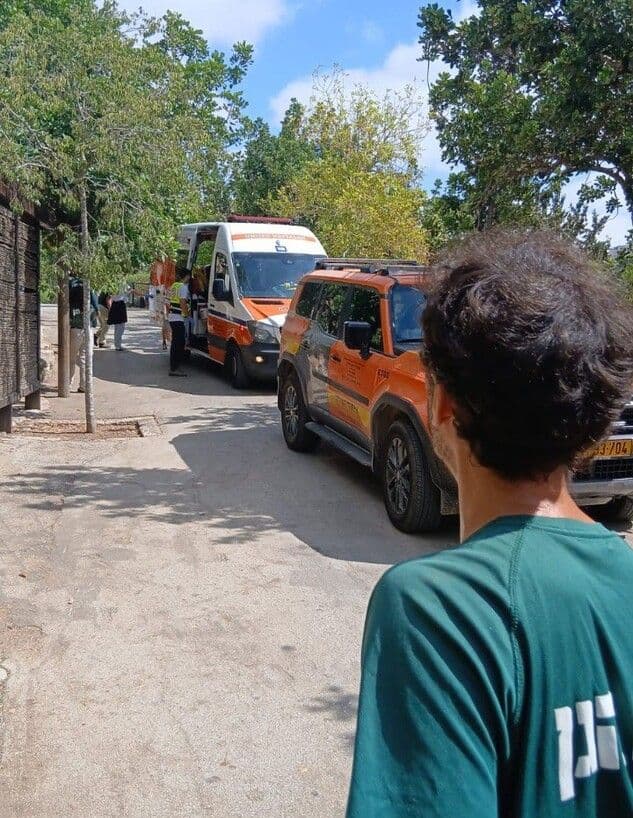
The Thin Line Between Preservation and Primal Instinct
The recent tragic incident at the , where a leopard attacked and killed a zookeeper, serves as a sobering reminder of the delicate balance inherent in wildlife conservation. On that fateful morning, what began as a routine enrichment activity for the leopards escalated into a devastating confrontation, illustrating the fundamental conflict between humanity's desire to preserve endangered species and the untamed nature of these magnificent creatures. Despite stringent safety protocols and the controlled environment of a modern zoo, the raw, unpredictable power of an apex predator remains ever-present. The leopard, which managed to exit its primary enclosure into an inner courtyard, demonstrated that even years of captivity cannot fully extinguish the primal instincts that define its very being. This event compels us to look beyond the immediate tragedy and confront the ethical tightrope walked by institutions dedicated to housing wild animals, forcing a deeper reflection on the inherent dangers and complex responsibilities involved.
Echoes of the Wild: Understanding Leopard Behavior in Captivity
While zoos strive to provide stimulating environments that mimic natural habitats, the reality is that a leopard, even one born and raised in captivity, retains the sophisticated predatory instincts of its wild ancestors. The incident, occurring during an enrichment session designed to promote natural behaviors, underscores this point. These activities, crucial for the psychological well-being of captive animals, can inadvertently trigger innate responses that are impossible to fully predict or control. Leopards are solitary, intelligent, and incredibly powerful hunters, hardwired for survival in complex, challenging environments. Confining such an animal, no matter how spacious the enclosure, inevitably creates a tension between its inherent drive for freedom and the limitations of its surroundings. Understanding this deep-seated behavioral blueprint, rather than simply attributing incidents to 'accidents,' is vital for acknowledging the persistent echoes of the wild that resonate within every captive big cat.
Guardians of the Rare: The Persian Leopard's Return and Its Perils
Zoos play an undeniably crucial role in the global effort to conserve endangered species, acting as genetic arks for populations threatened by habitat loss, poaching, and climate change. Leopards, magnificent and adaptable, face significant pressures in the wild, with various subspecies, including the , teetering on the brink of extinction. Breeding programs within zoos are often the last hope for these animals, ensuring genetic diversity and, in some rare cases, providing individuals for reintroduction into protected areas. However, this noble mission comes with profound challenges. The very act of preserving a species through captivity means housing animals that, by their nature, are formidable and potentially dangerous. The recent tragedy highlights the inherent paradox: the efforts to save a species sometimes demand a proximity that can prove perilous, underscoring the constant vigilance and immense responsibility borne by those at the forefront of conservation.
Beyond the Glass: The Unseen Risks and Dedication of Zookeepers
For most visitors, the zoo experience is one of wonder and education, safely separated from the wild inhabitants by glass and sturdy barriers. But behind the scenes, a dedicated team of zookeepers works tirelessly, often forming deep bonds with the animals under their care, while simultaneously navigating inherent and ever-present risks. The 25-year-old zookeeper, whose life was tragically cut short, was engaged in the very work that defines this profession: caring for and enriching the lives of these powerful creatures. Zookeepers are highly trained professionals who understand animal behavior, implement rigorous safety protocols, and accept the inherent dangers as part of their commitment. Their work, often unseen, involves meticulous planning, constant risk assessment, and an unwavering passion for animal welfare. This heartbreaking event casts a stark light on the profound dedication and daily courage required by these individuals, reminding us that their commitment extends far beyond mere employment.
Rethinking Coexistence: Lessons from the Leopard's Enclosure
The tragic incident at the prompts a critical re-evaluation of how we manage and interact with apex predators in captivity. While the zoo has launched a comprehensive investigation to understand precisely how the leopard gained access to the inner courtyard, the broader implications extend to the very philosophy of zoos. This isn't just about a security breach; it's about the fundamental tension between confinement and wildness. Moving forward, discussions must focus on enhancing safety protocols, refining enclosure designs to minimize human-animal direct contact, and continuously improving animal welfare through enriched environments. Perhaps it also encourages us to explore alternative models, such as larger, more naturalistic sanctuaries or even a greater emphasis on in-situ conservation efforts where possible. The lessons from this leopard's enclosure serve as a poignant reminder that our efforts to coexist with wild hearts, even in confined spaces, demand not only dedication and expertise but also an enduring humility and respect for their untamed nature.
Related Articles
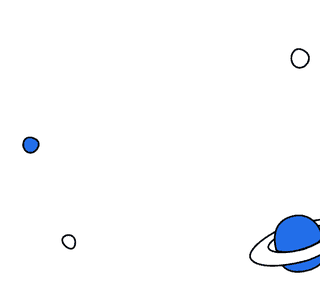
Scales of Contention: The Unsettling Demise of a Jordan Valley Crocodile Farm

Scales of Contention: The Unsettling Demise of a Jordan Valley Crocodile Farm
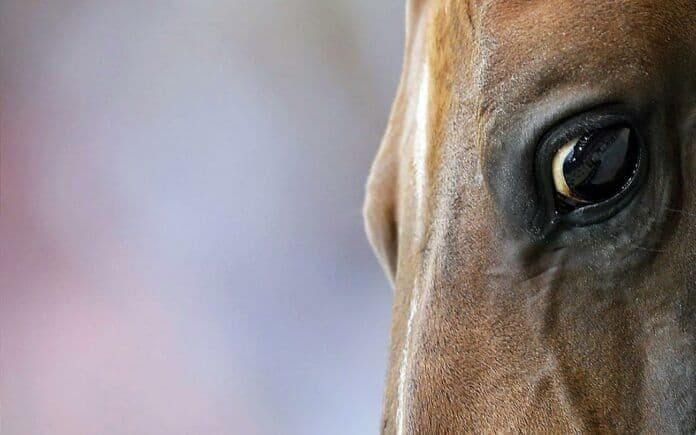
Echoes of Thunder: Unpacking the Majesty and Peril of Our Equine Bonds

Echoes of Thunder: Unpacking the Majesty and Peril of Our Equine Bonds
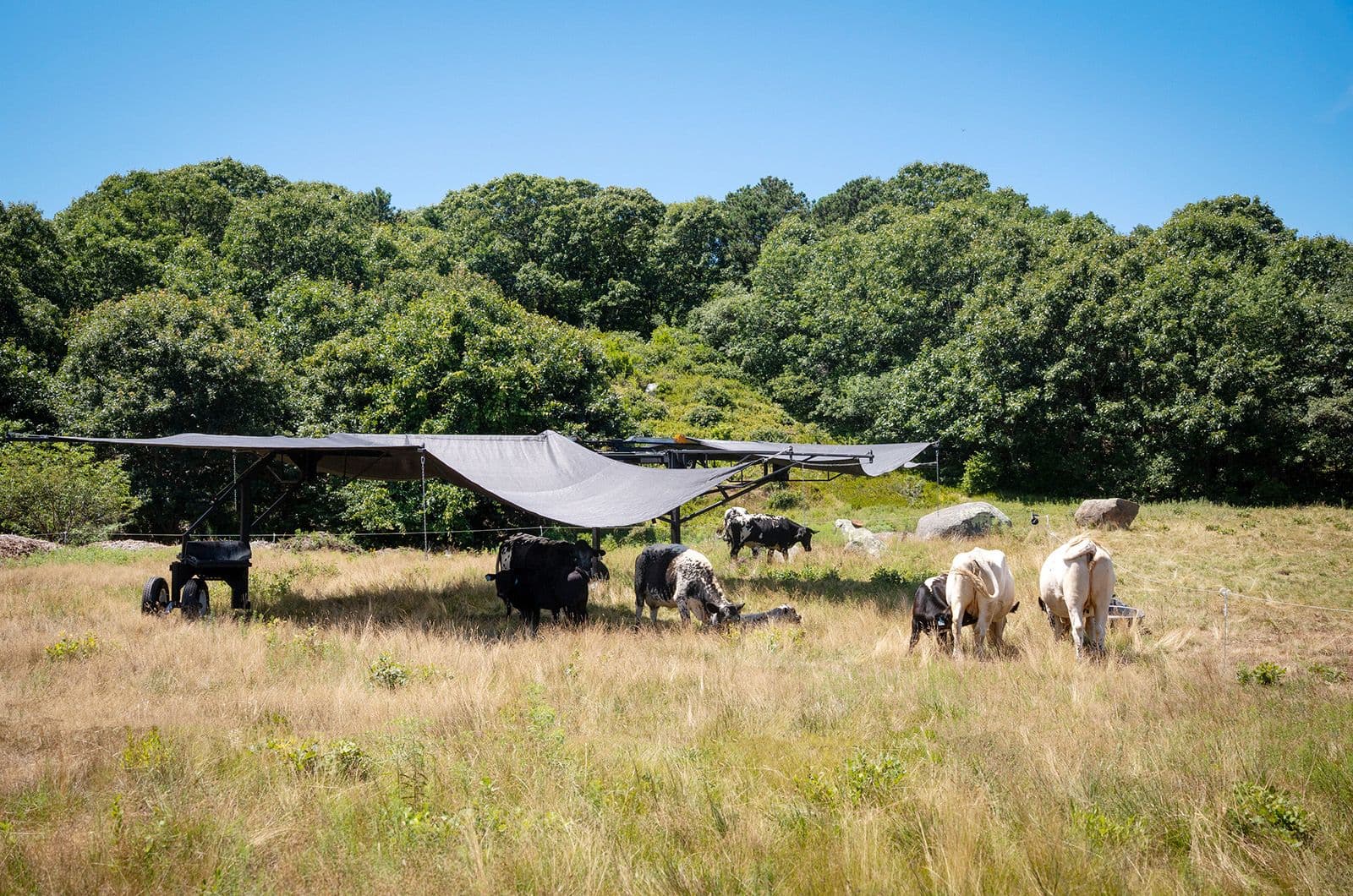
Hooves of Restoration: Martha's Vineyard Land Bank's Resilient Return to Ecological Grazing

Hooves of Restoration: Martha's Vineyard Land Bank's Resilient Return to Ecological Grazing
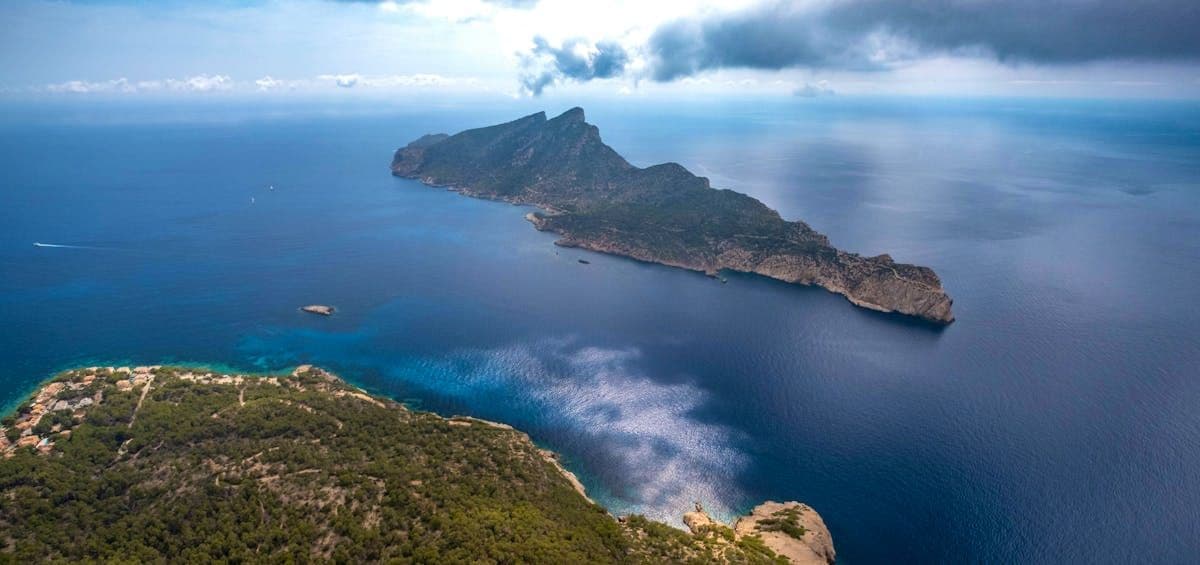
The Serpent's Shadow: Unmasking Mallorca's Quiet Ecological Crisis
